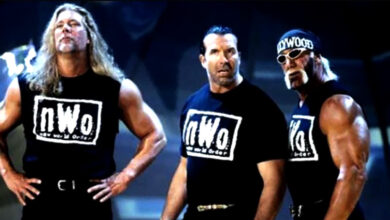SHARMEEN OBAID CHINOY RELEASE

SHARMEEN OBAID-CHINOY releases the BRAZIL Episode of FUNDAMENTAL
Two-time Academy Award Winner Sharmeen Obaid-Chinoy releases the second episode of “FUNDAMENTAL. GENDER JUSTICE. NO EXCEPTIONS” titled “Brazil – Defenders of Justice”. The episode has been directed by Sharmeen Obaid-Chinoy and produced by Safyah Zafar Usmani from SOC Films.
Indeed, this is the first time an all Pakistan Crew has created a global series. This is also the first global series to
be officially presented and released by YouTube Originals and Refinery29. In FUNDAMENTAL, the second episode from Brazil, “Defenders of Justice” focuses on the women’s movements in Brazil against nationalism, racism, and patriarchy to save women’s health and lives. Brazilian law permits abortion only in cases of rape and danger to the woman’s life. Sexual and reproductive rights are severely limited, and there are deep racial prejudices against Black Brazilians. Civil society is also under threat, and activists in Brazil remain on high alert after the murder of prominent Black Brazilian activist Marielle Franco in March 2018.
The Brazil episode, “Defenders of Justice,” follows Lucia Xavier, who is part of a movement of powerful women
activists who are reframing reproductive rights as an issue of gender rights and racial justice, as she and others work to address security threats against activists fighting for reproductive rights.
The episode also features Daniele Duarte, an Afro-Brazilian lesbian activist who participates in protests and marches against the rise of the extremist president Jair Bolsonaro. Lucia, Daniele, and others are part of a vibrant and intersectional feminist movement in Brazil, mobilizing what some are calling a “Feminist Spring” in Brazil as the Supreme Court considers decriminalizing
abortion.









